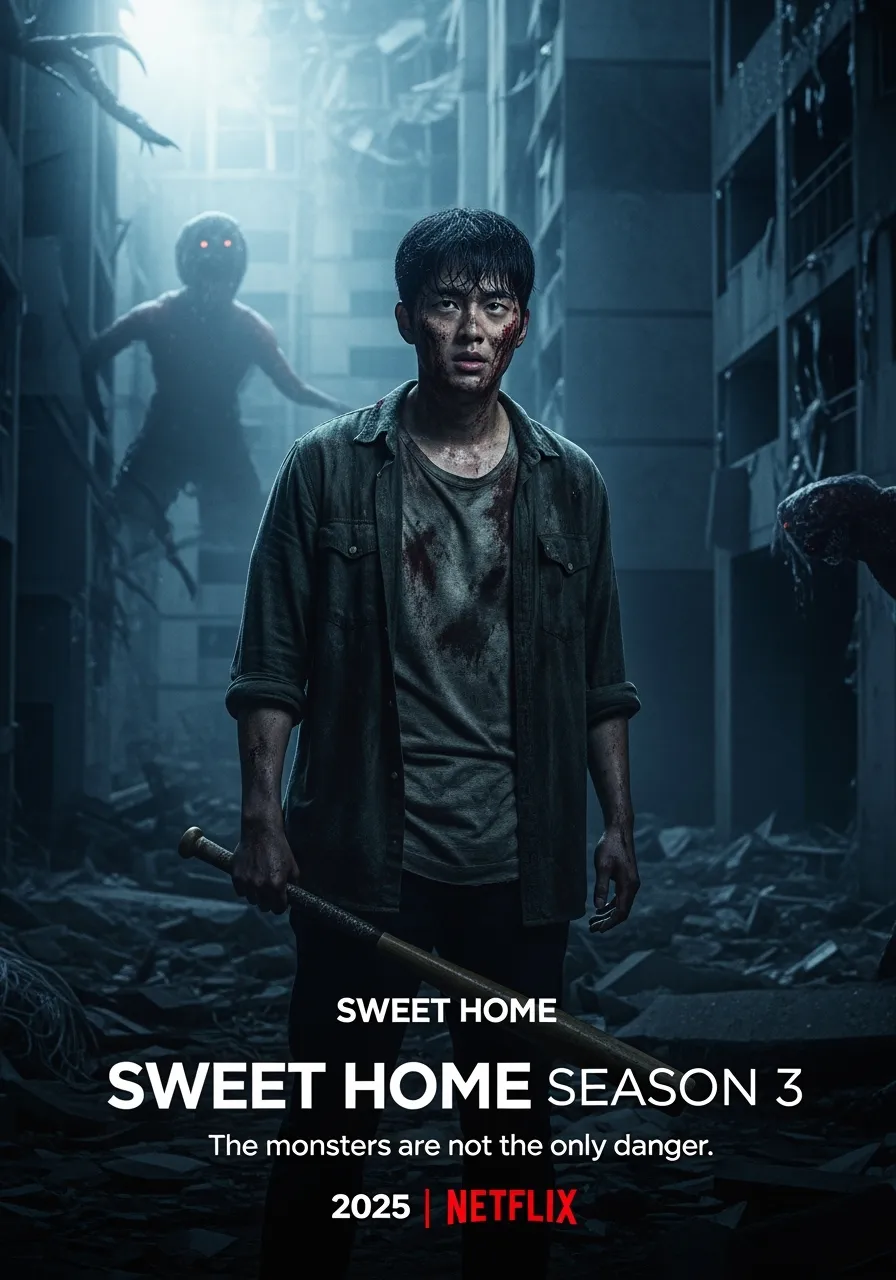I. PLOT OVERVIEW
In this nerve-wracking reimagining of Stephen King’s canine nightmare, CUJO (2025) strips horror down to its most primal form: one family, one broken car, and one blood-soaked beast circling them like fate.
The story unfolds in the parched countryside outside a sleepy American town, where a dormant, ancient virus leaks from the soil and infects a beloved Saint Bernard. Cujo, once a loyal family companion, slowly descends into madness, his body swelling, his senses boiling with rage. When Donna Trenton (Scarlett Johansson) and her young son find themselves stranded after their car breaks down, their bad day turns into a living hell.
What follows is a masterclass in contained horror. The temperature rises. The barking never stops. And every second inside the car feels like a scream held too long. With no food, no water, and no help in sight, Donna and her son are pushed to the brink—not just by the beast outside, but by the fear growing within.
II. THEMES & PSYCHOLOGICAL DEPTH
Unlike typical creature features, CUJO is as much about internal terror as external threat. The dog is the catalyst, but the true horror is isolation, helplessness, and the breaking point of maternal instinct. The film questions: how long can a human being hold out against not just death—but dread?
The film also explores the illusion of safety. Donna’s car—an icon of suburban stability—becomes a boiling coffin. Cujo, once a source of comfort, becomes chaos incarnate. It’s not just a horror about an animal gone wrong; it’s a horror about how quickly the familiar can turn feral.
III. CHARACTER & PERFORMANCE
Scarlett Johansson brings raw, unsentimental power to Donna Trenton. Her descent from composed mother to desperate survivor is painfully authentic. Her performance avoids melodrama, embracing the quiet panic of someone trapped not just by a monster—but by guilt, memories, and the crushing weight of protecting a child when the world no longer plays by rules.
The young actor portraying her son delivers a vulnerable, visceral performance. Together, their bond forms the film’s emotional core. Their whispered conversations, panicked breathing, and moments of unbearable stillness are where CUJO finds its most human moments in the face of inhuman terror.
Cujo himself—rendered with a mix of practical effects, animal training, and restrained CGI—is horrifying not because he’s supernatural, but because he’s real. Rabid, massive, relentless. You believe in him. And that’s what makes him terrifying.
IV. DIRECTION & CINEMATOGRAPHY
Director David Robert Mitchell (It Follows) trades in the unknown for claustrophobic suspense. The camera rarely leaves the car’s interior for long, using tight, breathless angles that trap the audience alongside Donna and her son. Outside, Cujo becomes a blur of rage—seen through dirty windows, blood-smeared glass, and fogged windshields. You don’t get clean shots. You get glimpses—and they’re enough.
Sound design amplifies the torment. The endless barking, the scratching at metal, the stillness between attacks—it’s all calibrated to fray the nerves. And the heat... you can feel it. The sweat, the sun glare, the creak of vinyl under tension.
V. FINAL VERDICT
CUJO (2025) is a brutal, minimalist horror film that takes one of King’s simplest setups and wrings it dry of comfort. It’s a survival story where hope is the first to die, and where every whimper from a child or pant from a dying dog feels like the tolling of a bell.
It’s not about big explosions, plot twists, or monster lore. It’s about a woman, her child, and a single question: what happens when nature turns, and no one is coming to save you?
This is not horror for the faint-hearted—it’s horror that sticks.
Rating: 8.5/10
Unforgiving, intimate, and terrifyingly real—CUJO (2025) howls with primal fear and leaves bite marks on the soul.
-1751861918-q80.webp)

-1748427036-q80.webp)

-1740282288-q80.webp)